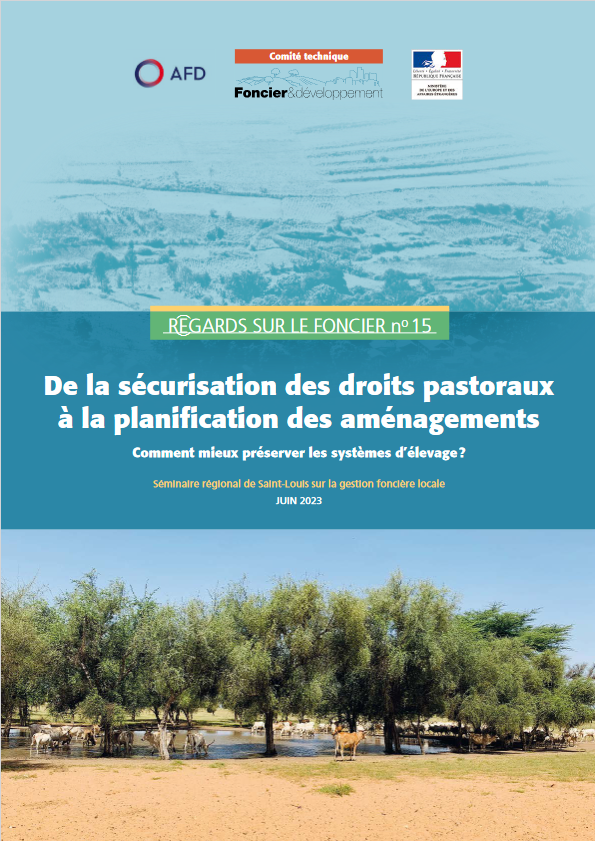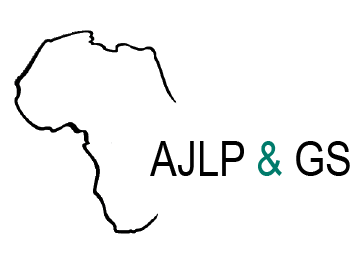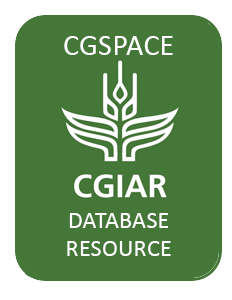Ce numéro de « Regards sur le foncier » reprend une partie des communications présentées lors du séminaire régional sur la gestion foncière locale en Afrique de l’Ouest et à Madagascar, organisé en mars 2023 à Saint-Louis du Sénégal, à l’initiative du Comité technique « Foncier &…
The Rights Of Local Population In The Exploitation Of Forest Resources In Burkina Faso
This document synthesizes different maps of actors involved in the development of agroecology in Burkina Faso. The gathering and synthesis of existing data on agroecology stakeholders has become a real challenge for the accumulation of knowledge. Research and development projects on agroecology…
The CGIAR Initiative on Nature-Positive Solutions in Burkina Faso works in the provinces of Bazèga, Boulkiemdé, Kadiogo and Oubritenga. Because of the predicted challenges associated with environmental factors such as climate change, soil degradation and rainfall variability, which negatively…
Le diagnostic orienté-action du système national d'innovation agricole au Burkina Faso a été conduit conjointement par la FAO et le Ministère en charge de l'agriculture dans le but d'éclairer l'action politique à court terme tout en proposant un cadre stratégique global et de…
Context and background The mastery and control of rural areas remain a challenge for both landowners and the Burkinabe State. The major agricultural production basins, particularly areas with high exploitation of lowlands, experience permanent changes in production actors and land management…
Contexte et contexte La variabilité climatique est une réalité au Burkina Faso, et les catastrophes naturelles en sont les effets visibles. Cela pose d’énormes défis tant aux gouvernements qu’aux populations locales. Cependant, il est difficile de mettre en œuvre une véritable politique sans…
The World Food Programme (WFP) supports communities to mitigate the impact of and build resilience to natural and human-made shocks and stressors that contribute to food insecurity and destabilize people’s livelihoods. WFP’s interventions, therefore, aim to equip communities with the…
Shifting and intensifying migration flows are causing profound changes in household structures, livelihood portfolios, and rural landscapes worldwide. Yet, migration trends, including who migrates within the household, whether migration is permanent or temporary, and the relationship the migrant…
Intervention Context: WFP’s activities in Burkina Faso and Niger focus on fragile agrarian communities in the Sahel, where cyclical floods and droughts combine with decreasing soil fertility and increasing desertification, among other challenges, to aggravate food and livelihood insecurity.…
The overall purpose of this background paper is to provide a review of current knowledge on the local dairy value chain in the Hauts-Bassins region (Bobo-Dioulasso) in relation to the principles of agroecology. The study involved a review of available literature, followed by interviews with…





